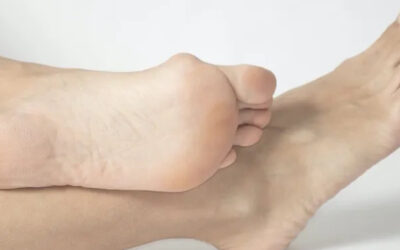The Connection Between P.A.D. and Diabetes
Diabetes not only impacts blood sugar levels but also significantly affects vascular health. One serious complication is Peripheral Arterial Disease (P.A.D.), which can be particularly dangerous when combined with diabetes.

What is Peripheral Arterial Disease (P.A.D.)?
P.A.D. is characterized by narrowed arteries which reduce blood flow, particularly to the legs. Symptoms may include leg pain, numbness, coldness in lower extremities, and non-healing sores, which are exacerbated by diabetes.
Diabetes and Its Impact on P.A.D.
High blood sugar levels from diabetes can damage blood vessels and nerves, worsening P.A.D. symptoms and increasing the risk of severe complications like infections and ulcers, potentially leading to amputation.
Capital Foot Care’s Diagnostic and Screening Methods
We use comprehensive screening methods such as the Ankle-Brachial Index (ABI), ultrasound, and angiography to effectively diagnose P.A.D., particularly in patients with diabetes.

Treatment and Management Options:
- Lifestyle Changes: Quitting smoking, managing diabetes, and increasing physical activity.
- Medications: To improve blood flow and prevent clots.
- Surgical Interventions: Considered in advanced cases to restore blood flow.
Prevention and Ongoing Management
Regular check-ups, a healthy diet, and diligent foot care are vital to managing P.A.D. risks.
Contact Capital Foot Care for Specialized Assistance
For more on P.A.D. and diabetes or to schedule a consultation, reach out to us at 301-927-FOOT (3668) or via email at [email protected].

Managing Mobility and Quality of Life
Our team of experts is dedicated to helping you maintain mobility and enhance your quality of life through specialized care tailored to your needs.










